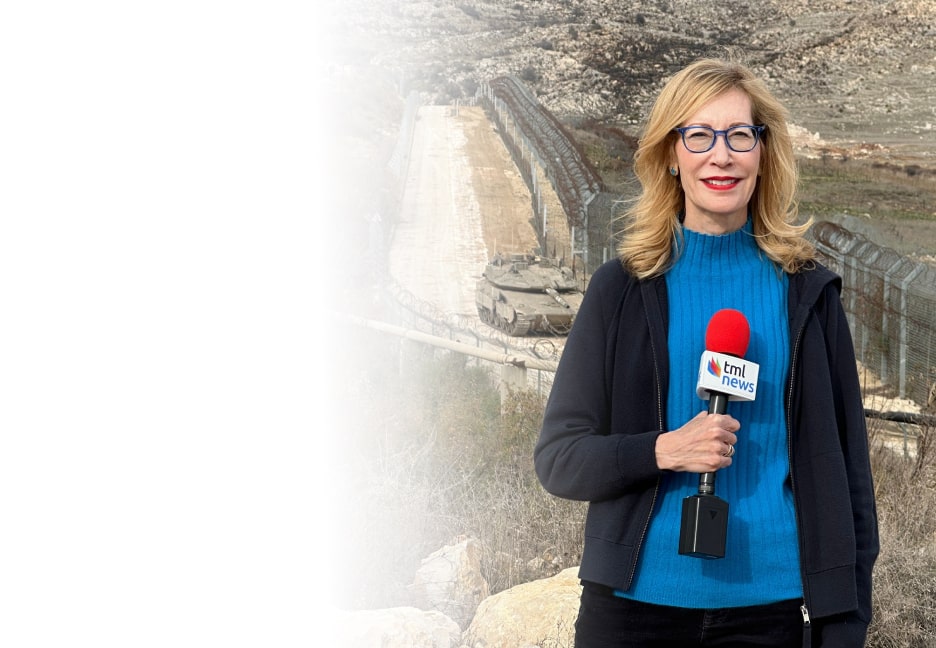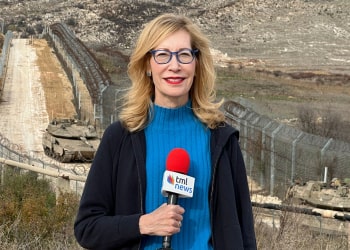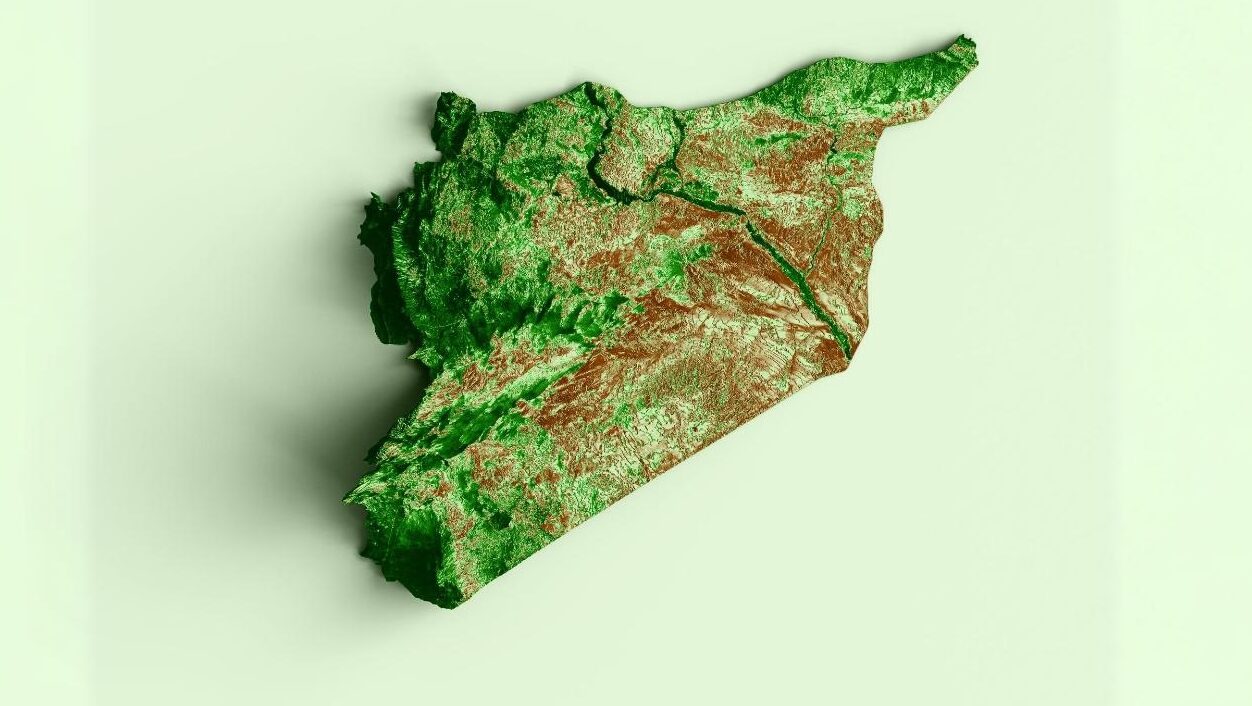Tough Questions in Damascus and the Region
Al-Ahram, Egypt, December 13
The recent developments in Syria, including those of the past few weeks and as recently as yesterday, are certain not to remain confined within Syrian borders. Indeed, it may not be an overstatement to claim that these events will be a catalyst for intensifying the ongoing struggle for dominance on the world stage. The Syrian conflict has taken on international dimensions since Russia’s intervention to bolster the Bashar Assad regime. This move has paved the way for a new international-regional security dynamic at the expense of the Syrian state, its sovereignty, Arab national security, and eventually, regional stability. The Assad regime, using this new equation, has managed to endure and maintain the state’s integrity, but with significant concessions to the influence of international and regional players. The real danger lies in these actors primarily operating through their proxies—militias and armed groups within Syria—that scrupulously follow the directives of their external sponsors. These proxies serve as a reflection of the intricate relationships among their external backers, which fluctuate between collaboration and conflict at different phases. Ultimately, their primary aim is to manipulate the Syrian landscape to create international and regional equilibriums aligned with their interests, often at the cost of Syrian statehood, regional security, and the well-being of the Syrian people. The Syrian regime has forged an alliance with these actors, yet it remains an arrangement that cannot endure indefinitely. This, in my view, is a precise characterization of the Syrian crisis. Syria currently stands at a precarious and complex juncture, one laden with implications demanding meticulous and unbiased analysis, devoid of narrow agendas. In this context, two critical observations must guide our approach to the Syrian issue. The first pertains to the nature of the ongoing conflict. Some persist in labeling it a power struggle between the regime and the opposition, proposing that the fall of Bashar Assad’s regime is the threshold to political change and the establishment of a “democratic system.” This perspective, however, no longer aligns with the current reality. While this description might have held some validity during the early phases of the Syrian crisis, it has now evolved into a struggle for the control of the Syrian state itself, orchestrated through calculated arrangements and agreements. Interpreting the positive reactions of ordinary Syrians to the regime’s downfall and the apparent embrace of local proxies as signals of a new political era is a misunderstanding. These reactions must be evaluated within the context of the fleeting rhetoric employed by the groups currently in power, who seek to ingratiate themselves with the populace in the short term but may pivot toward their own agendas and those of external forces. The second observation underscores a recurrent lesson: the peril of undermining the nation-state and its established national armies. The experiences in the region since 2011, if not earlier, affirm this lesson—suggesting that moving away from a stable nation-state and regular armed forces only increases the prospects of instability and heightens chaos. This inverse relationship becomes even more apparent when coupled with two additional factors: internal diversity and ethnic and religious divisions within society, as well as sectarian and demographic entanglements with neighboring countries. The deeper these divides, the more likely the repercussions of the collapse of the state and its military will transcend immediate borders. This conclusion emphasizes the urgent need for a swift regional consensus on preserving the Syrian state. This requires redefining the crisis and the ongoing conflict’s nature. While there are undeniable political and security concerns among several regional actors, there are also significant Arab interests tied to Syria and the broader region, which cannot be ignored or dismissed by any external party. Therefore, when regional and international actors engage with the Syrian issue, they must address their security concerns without compromising the future of the Syrian state or society—these matters are for the Syrian people alone to decide. It is crucial to recognize the necessity of maintaining the Syrian army as a cornerstone of the state’s preservation. We should draw lessons from other experiences in the region and maintain a clear distinction between the Syrian army and the regime. This distinction is vital given the severe consequences that could ensue from the collapse of the Syrian state and military, particularly considering the regional context and previously mentioned conditions. It also underscores the need for a political process to manage a transition, informed by regional challenges. A political process that is feasible and sustainable should serve the interests of consolidating the Syrian state and fostering a stable, inclusive political system. The process must originate within Syria, owned and led by Syrians and Syrian political entities from inception to execution. Furthermore, it should resist complete dependence on external balances to prevent foreign parties from stalling or vetoing it. The region’s movement away from the stability of nation-states and regular national armies exacerbates instability and deepens chaos. The more these entities weaken, the more volatile and chaotic the situation becomes. —Mohammed Fayez Farhat (translated by Asaf Zilberfarb)
This holiday season, give to:
Truth and understanding
The Media Line's intrepid correspondents are in Israel, Gaza, Lebanon, Syria and Pakistan providing first-person reporting.
They all said they cover it.
We see it.
We report with just one agenda: the truth.



